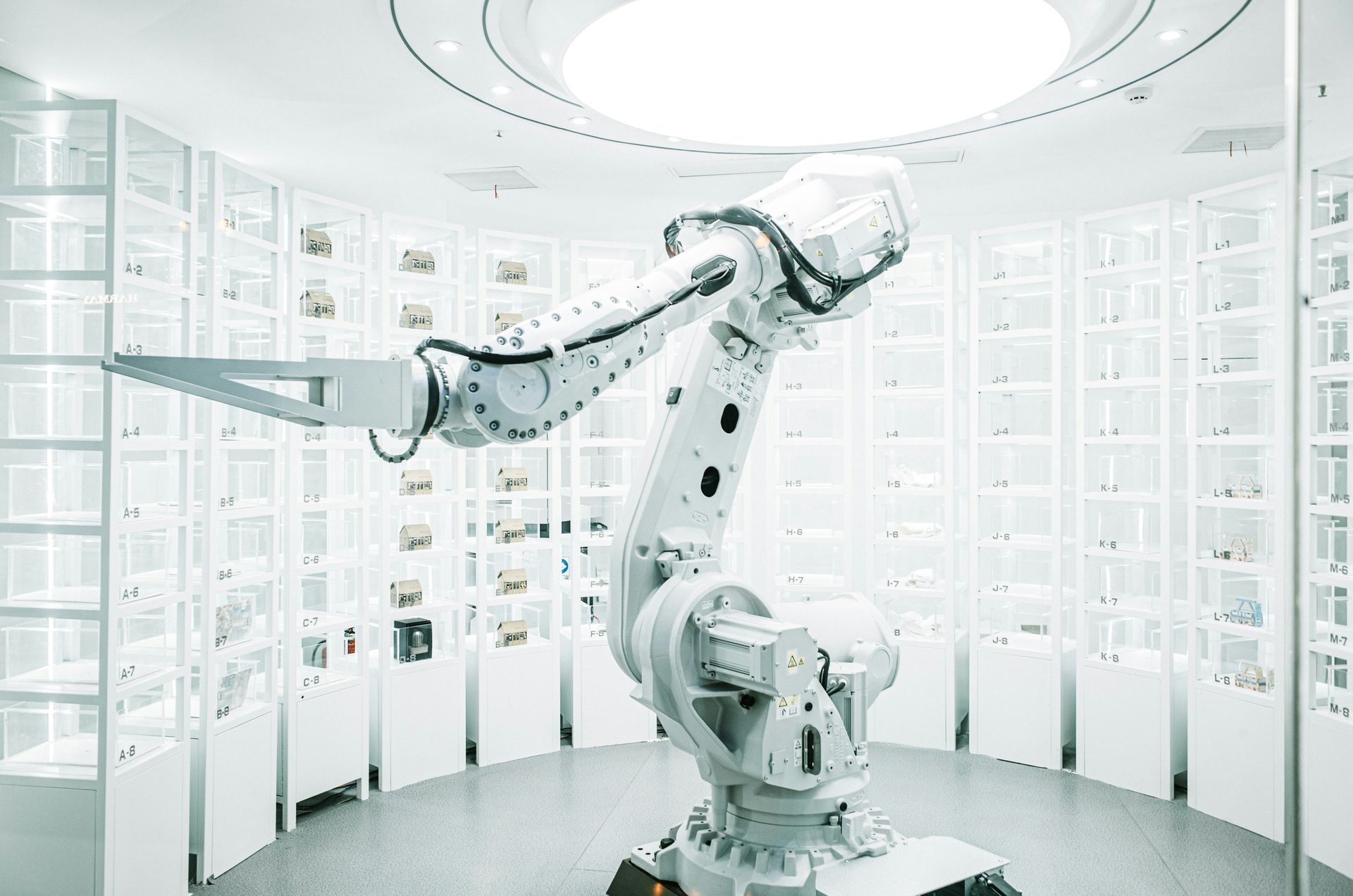and the distribution of digital products.
Why artificial intelligence needs versatile data tools?

For most developers, running a basic AI model on a massive spreadsheet is now a rite of passage, hoping that it would magically churn out some brilliant new insights. However, more often than not, the machine just chokes on the sea of jumbled rows and columns, barely providing anything of value.
This is a great way for young professionals to learn that when data isn’t arranged coherently, no AI, no matter how advanced, can be saved from fizzling out. Working with artificial intelligence requires versatile data tools, and in this article, we cover more reasons for this.
The AI appetiteMachine learning programs feast on information. However, not all munchies arrive in neat containers. There are endless formats, spreadsheets, databases, images, and random text blobs. An algorithm can’t reach star status if forced to comb through chaotic bits and bytes.
Versatile data tools, the likes of SpreadJS, a Javascript spreadsheet integration framework, on the other hand, whip that chaos into order. They act like backstage organizers who label costumes, set up stage props, and make sure nothing catches fire before the spotlight hits.
The all-round data toolkitUniversal data platforms reduce the headache of dealing with multiple sources, countless file types, and unwieldy data streams. They’re not just about storage or quick queries. They help refine raw info, making it readable, consistent, and complete.
Many analytics teams complain about wrestling with five different systems before discovering an all-in-one solution. Suddenly, their algorithms start gliding through training sessions without crashing every couple of hours. That’s the power of a dependable toolkit, less chaos, more results.
Such platforms are already here and are increasingly being used by organizations and dev teams the world over. We expect them to become more mainstream and gain critical mass over the next couple of years.
The path toward smarter AIThe future is brimming with advanced neural networks, generative models, and fancy predictive engines. None of these innovations can thrive without organized, high-quality data. Flexible tools allow these models to stay fed and fueled, no matter how large or diverse the dataset becomes.
Think of them as the ultimate sidekick, quietly handling every behind-the-scenes hassle. With a bit of help from robust systems, artificial intelligence stands poised to tackle complex decisions, lift productivity, and impress even the most skeptical onlooker.
Despite the monumental advances in AI in recent years, so far they only serve to augment human efforts but are largely incapable of running on their own. By fine-tuning the data funnels, AI systems will get a lot more advanced, reaching true human capabilities in the years ahead.
ConclusionThe forces of AI remain very much in their nascent stages, with plenty of nuts and bolts of these systems still being fine-tuned. However, once everything is in order, as we expect them to be over the next few years, the true potential of AI will be revealed to the world.
Versatile data tools, of course, play a crucial role in this regard, and in some ways have been the catalyst that the segment has long awaited.
- Home
- About Us
- Write For Us / Submit Content
- Advertising And Affiliates
- Feeds And Syndication
- Contact Us
- Login
- Privacy
All Rights Reserved. Copyright , Central Coast Communications, Inc.